Tech Talk
Forum home - Go back to Tech talk
|
Radio receiver Model 69 by 'radio manufacturing engineers'
|
|
|
Return to top of page · Post #: 1 · Written at 4:57:46 PM on 21 January 2018.
|
|
|
|
Location: Toongabbie, NSW
Member since 19 November 2015 Member #: 1828 Postcount: 1313 |
|
Check this set out guys. 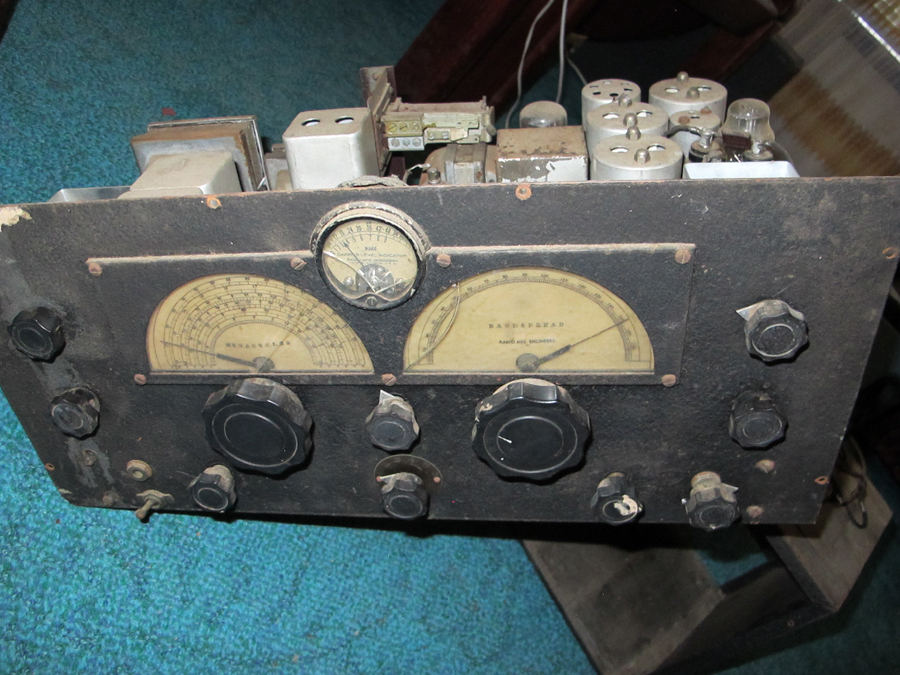 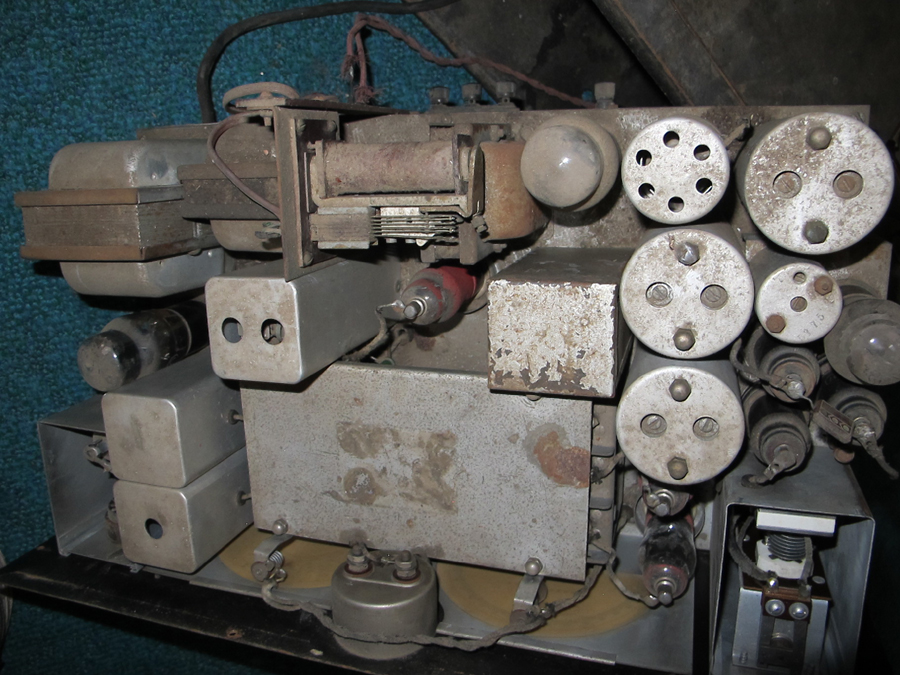 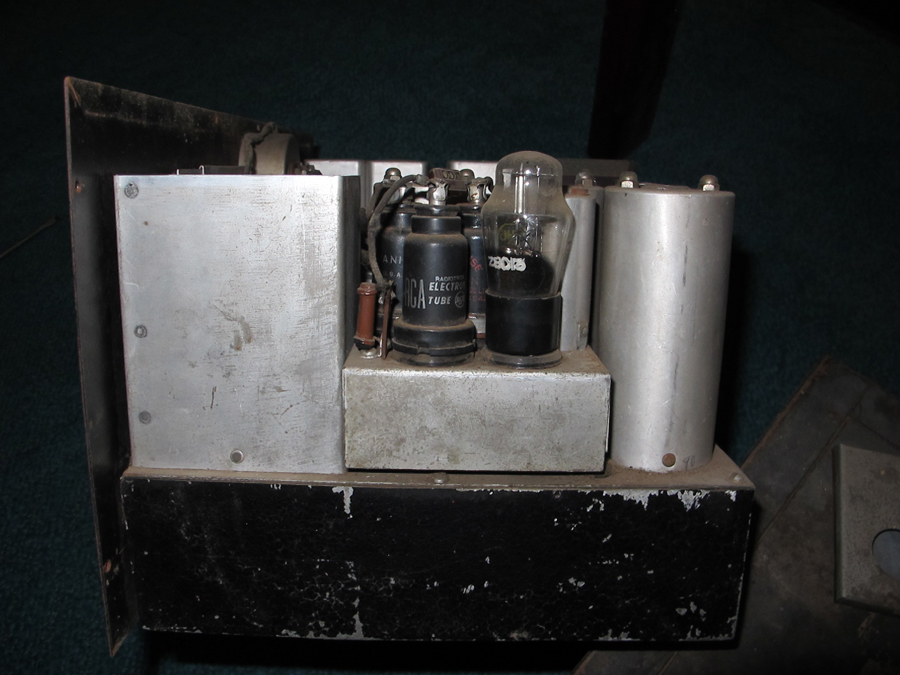 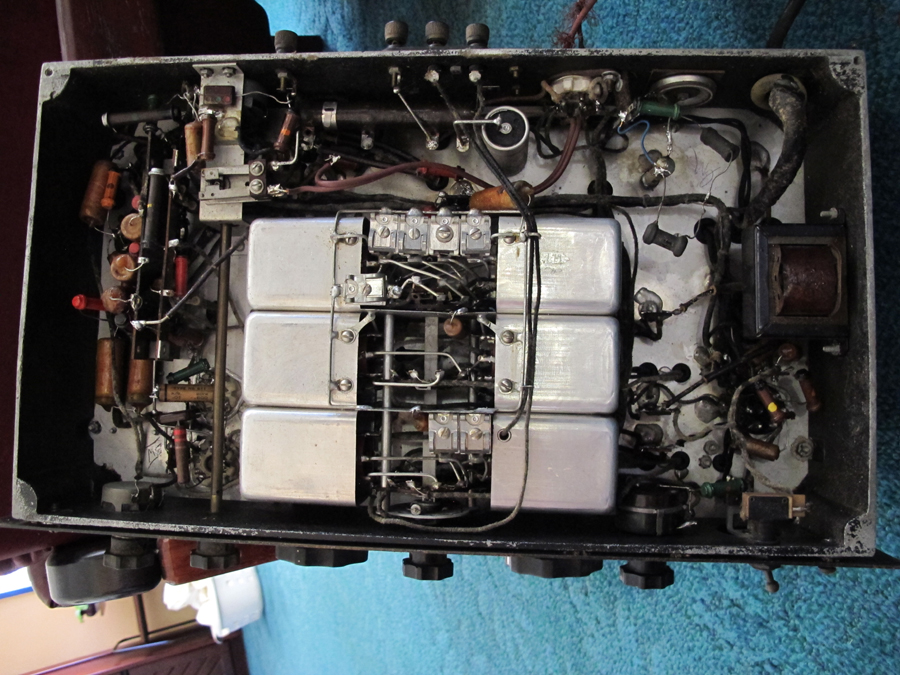 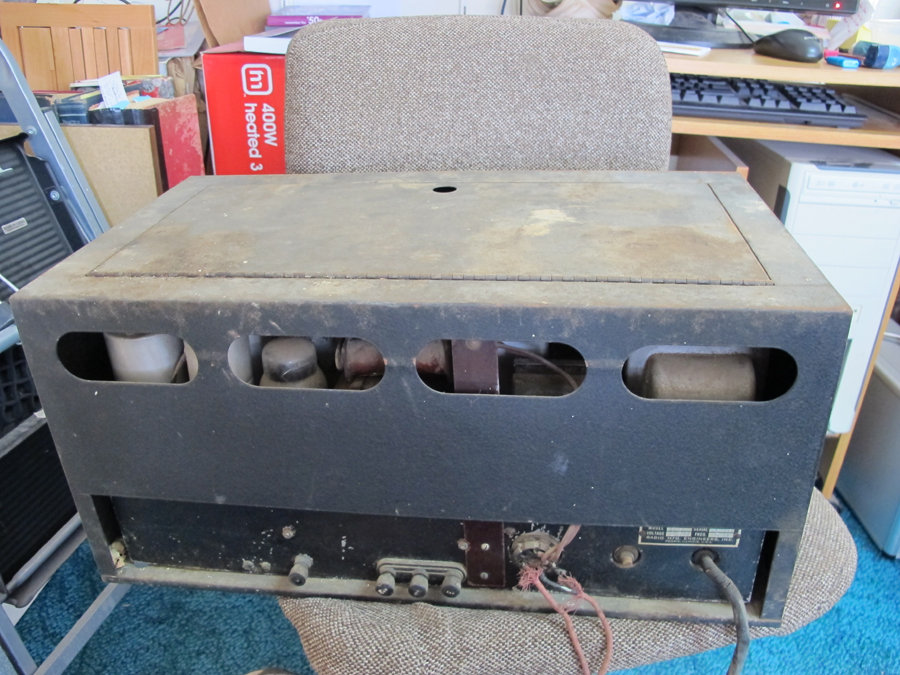 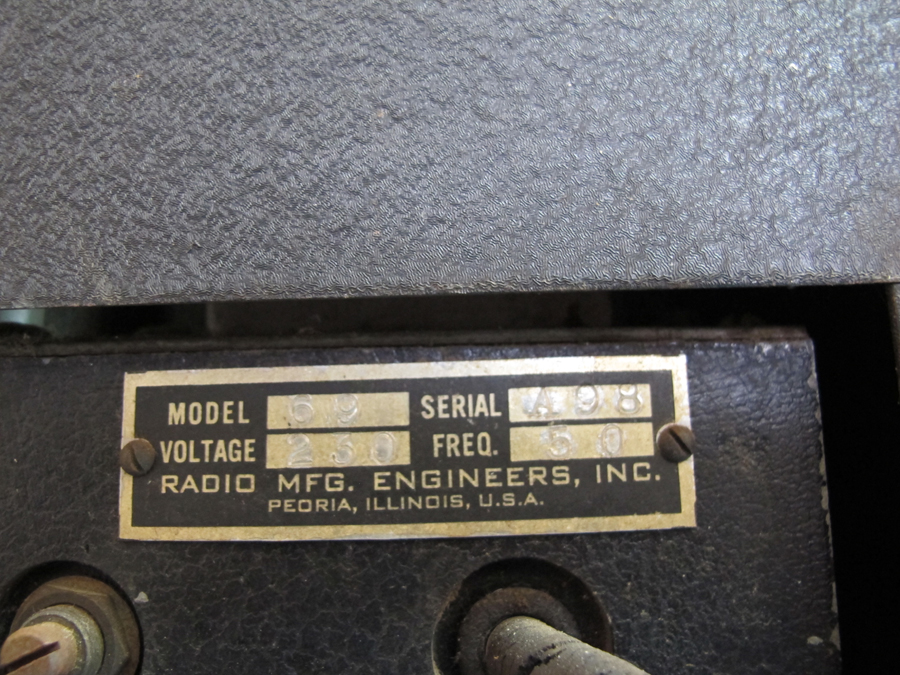 |
|
|
Return to top of page · Post #: 2 · Written at 9:15:41 PM on 21 January 2018.
|
|
|
|
Location: Linton, VIC
Member since 30 December 2016 Member #: 2028 Postcount: 472 |
|
Manufactured in USA, 50Hz Mains----??? |
|
|
Return to top of page · Post #: 3 · Written at 9:23:51 PM on 21 January 2018.
|
|
|
|
Location: Kempsey, NSW
Member since 6 December 2016 Member #: 2019 Postcount: 37 |
|
Hi Fred, |
|
|
Return to top of page · Post #: 4 · Written at 10:21:16 PM on 21 January 2018.
|
|
|
|
Location: Wangaratta, VIC
Member since 21 February 2009 Member #: 438 Postcount: 5389 |
|
Possibly NATO that's the std European voltage. |
|
|
Return to top of page · Post #: 5 · Written at 11:05:03 PM on 21 January 2018.
|
|
|
|
Location: Sydney, NSW
Member since 28 January 2011 Member #: 823 Postcount: 6761 |
|
Here you go Fred, I'll save you the trouble: |
|
|
Return to top of page · Post #: 6 · Written at 8:27:40 AM on 22 January 2018.
|
|
|
|
Location: Toongabbie, NSW
Member since 19 November 2015 Member #: 1828 Postcount: 1313 |
|
Hi Guys, thanks so much, that info will make it easy to get this baby going again. |
|
|
Return to top of page · Post #: 7 · Written at 11:55:47 AM on 22 January 2018.
|
|
|
|
Location: Melbourne, VIC
Member since 5 October 2009 Member #: 555 Postcount: 466 |
|
Now that's a nice challenge .... ‾‾‾‾‾‾‾‾‾‾‾‾‾‾‾‾‾‾‾‾‾‾‾‾‾‾‾‾‾‾‾‾‾‾‾‾‾‾‾‾‾‾‾‾‾‾‾‾‾‾‾‾‾‾‾‾‾‾‾‾‾‾‾‾‾‾‾‾ Cheers, Ian |
|
|
Return to top of page · Post #: 8 · Written at 7:01:27 PM on 22 January 2018.
|
|
|
|
Location: Toongabbie, NSW
Member since 19 November 2015 Member #: 1828 Postcount: 1313 |
|
Hi Ian, yep i'll start a folder in my system and write up whatever I do. |
|
|
Return to top of page · Post #: 9 · Written at 1:54:26 AM on 24 January 2018.
|
|
|
|
Location: Wangaratta, VIC
Member since 21 February 2009 Member #: 438 Postcount: 5389 |
|
I have a specific sub directory "Radio Sets". That runs in brands. Sets like the HMV I just repaired will have any photos circuit & notes on mods stored there in another folder for its model. Any stray info that turns up like factory info on a particular set, also goes in that folder, unless its non specific. |
|
|
Return to top of page · Post #: 10 · Written at 8:24:34 AM on 24 January 2018.
|
|
|
|
Location: Toongabbie, NSW
Member since 19 November 2015 Member #: 1828 Postcount: 1313 |
|
Having done a bit of reading about RME and a closer look doing a survey on the bench I now recognise some things: |
|
|
Return to top of page · Post #: 11 · Written at 9:58:31 AM on 24 January 2018.
|
|
|
|
Location: Wangaratta, VIC
Member since 21 February 2009 Member #: 438 Postcount: 5389 |
|
I really have no issues with not powering it. I will not power any set without inspection, rare exceptions are those that come in barely working, even then it will not escape inspection. Some are just too dangerous to power and others will let the smoke out. |
|
|
Return to top of page · Post #: 12 · Written at 12:18:40 PM on 24 January 2018.
|
|
|
|
Location: Toongabbie, NSW
Member since 19 November 2015 Member #: 1828 Postcount: 1313 |
|
Exactly Marc, I did not mention it but have taken a photo, the 100 year old rubber power cord looked ok at a glance. |
|
|
Return to top of page · Post #: 13 · Written at 4:03:08 PM on 24 January 2018.
|
|
|
|
Location: Belrose, NSW
Member since 31 December 2015 Member #: 1844 Postcount: 2477 |
|
Hi Fred |
|
|
Return to top of page · Post #: 14 · Written at 5:41:28 PM on 24 January 2018.
|
|
|
|
Location: Wangaratta, VIC
Member since 21 February 2009 Member #: 438 Postcount: 5389 |
|
I will often go one step further & attack the whole transformer with the insulation tester, otherwise the primary side cops it anyway (Tag & Test) |
|
|
Return to top of page · Post #: 15 · Written at 7:00:40 PM on 24 January 2018.
|
|
|
|
Location: Toongabbie, NSW
Member since 19 November 2015 Member #: 1828 Postcount: 1313 |
|
Hi Ian, yes thanks, I downloaded the handbook with all circuit variants, control diagrams, alinement details from the "boat anchor" web site. |
|
|
You need to be a member to post comments on this forum.
|
|

Sign In

Vintage Radio and Television is proudly brought to you by an era where things were built with pride and made to last.
DISCLAIMER: Valve radios and televisions contain voltages that can deliver lethal shocks. You should not attempt to work on a valve radio or other electrical appliances unless you know exactly what you are doing and have gained some experience with electronics and working around high voltages. The owner, administrators and staff of Vintage Radio & Television will accept no liability for any damage, injury or loss of life that comes as a result of your use or mis-use of information on this website. Please read our Safety Warning before using this website.
WARNING: Under no circumstances should you ever apply power to a vintage radio, television or other electrical appliance you have acquired without first having it checked and serviced by an experienced person. Also, at no time should any appliance be connected to an electricity supply if the power cord is damaged. If in doubt, do not apply power.
Shintara - Keepin' It Real · VileSilencer - Maintain The Rage

